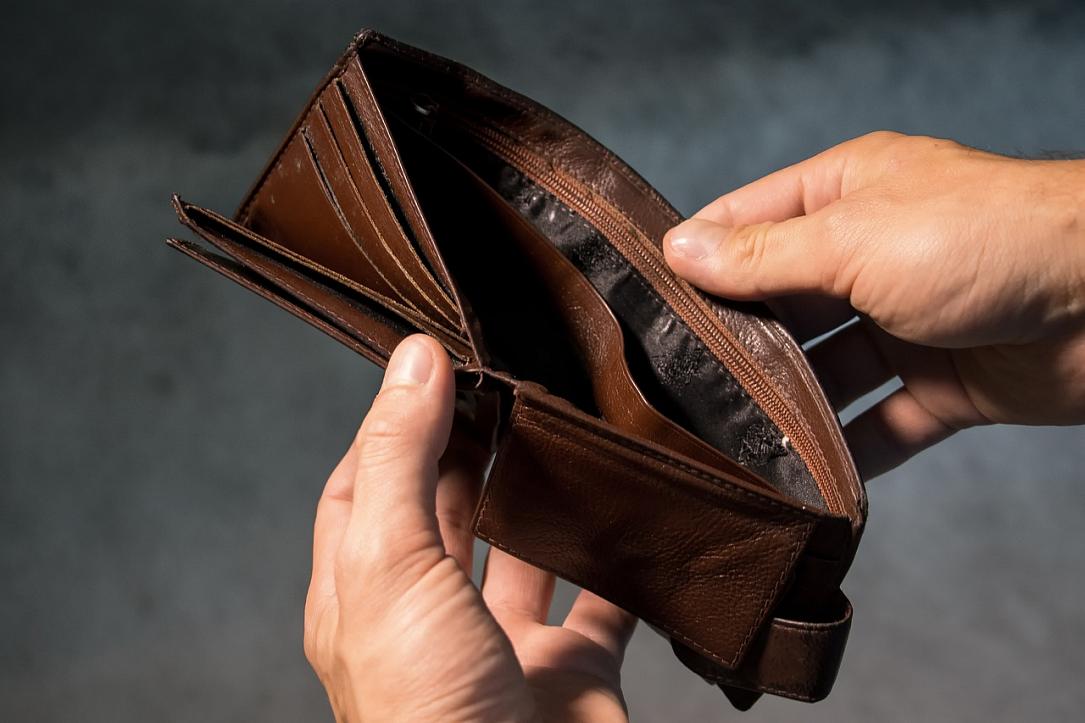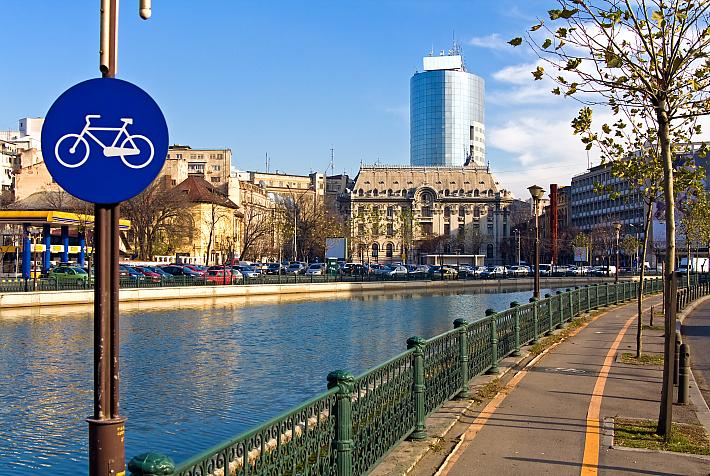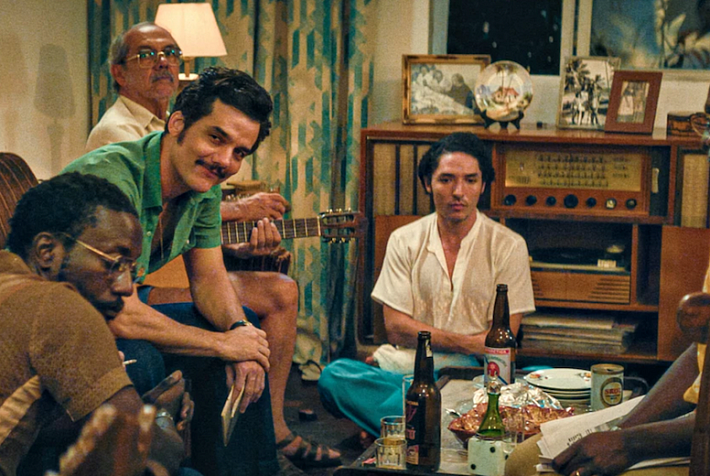Romania, second highest share of people at risk of poverty or social exclusion in EU

Romania is one of the three EU Member States where more than a third of the population was at risk of poverty or social exclusion in 2017, with a share of 35.7%. Only Bulgaria had a higher share than Romania, of 38.9%, while Greece ranked third with a share of 34.8%, according to data from EU’s statistical office Eurostat.
At the opposite end of the scale, the lowest shares of persons being at risk of poverty or social exclusion were recorded in the Czech Republic (12.2%), Finland (15.7%), Slovakia (16.3%), the Netherlands (17.0%), Slovenia and France (both 17.1%) and Denmark (17.2%).
However, Romania registered one of the largest decreases in the share of people at risk of poverty or social exclusion when compared to 2008, of 8.5 percentage points, from 44.2% in 2008 to 35.7% in 2017. The largest decrease was seen by Poland, where the rate dropped from 30.5% to 19.5% in this period. On the other hand, the highest increases were recorded in Greece (from 28.1% in 2008 to 34.8% in 2017, or +6.7 percentage points), Italy (+3.4 pp), Spain (+2.8 pp), the Netherlands (+2.1 pp), Cyprus (+1.9 pp) and Estonia (+1.6 pp).
A total of 112.9 million people, or 22.5% of the population, in the European Union (EU) were at risk of poverty or social exclusion in 2017. This means that they were in at least one of the following three conditions: at risk of poverty after social transfers (income poverty), severely materially deprived or living in households with very low work intensity.
In 2016, 38.8% of Romania’s population was at risk of poverty or social exclusion.
Irina Marica, irina.marica@romania-insider.com
(photo source: Pixabay.com)











